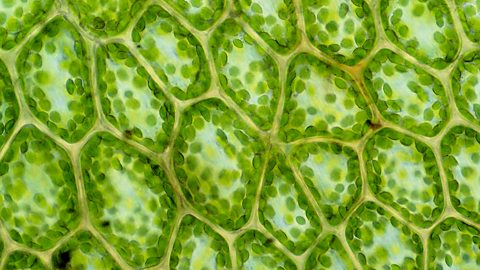Key points
Cells make up all life on Earth.
Cells are the smallest unit of life.
All cells have specific structures, called components.
Models in science are used to help us understand complicated ideas in a simple and memorable way.
Slideshow - Model animal cell
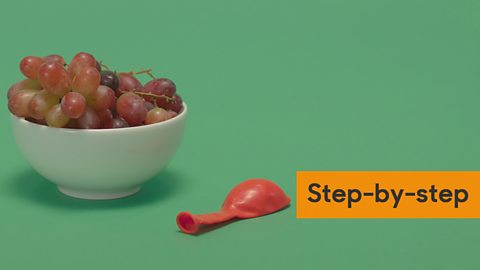
Image caption, A step-by-step guide to making a model animal cell.
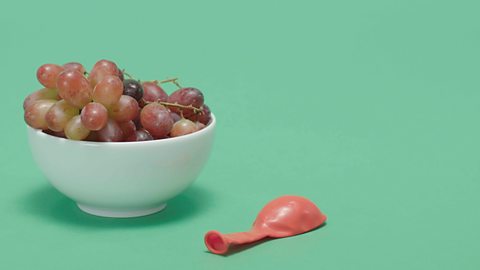
Image caption, YOU WILL NEED: A balloon and a grape.
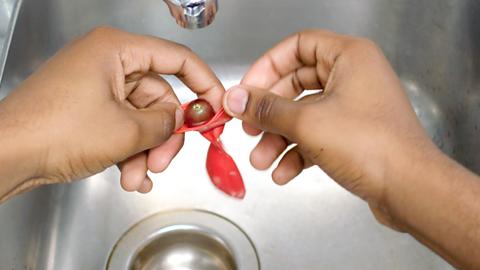
Image caption, Pop a grape into the deflated balloon.
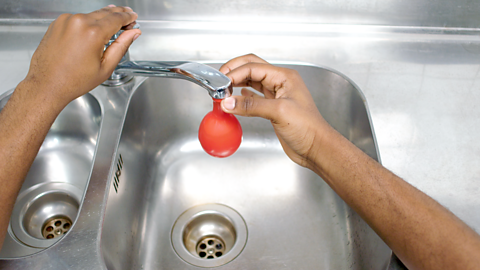
Image caption, Place the neck of the balloon over a tap and fill it with water.
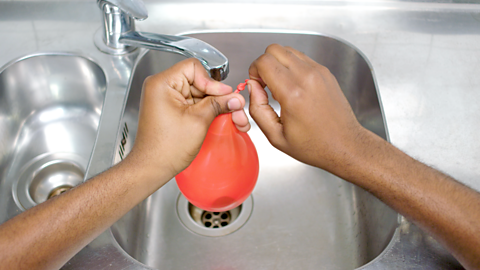
Image caption, Tie off the end of the balloon so it is sealed.
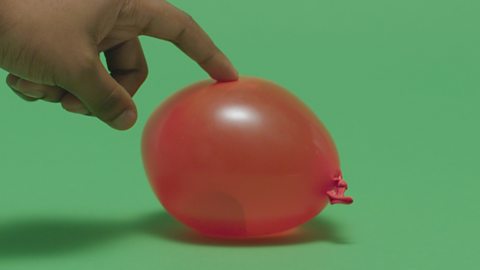
Image caption, There you go! You've now made your very own model of an animal cell.
1 of 6
Animal cells are made up of four main components:
nucleusA cell component found in most cells which contains the genetic material (DNA) of the organism and controls the cell’s activities.: In the model, this is the grape.
cell membraneThis surrounds the outside of animal cells and controls what can enter and exit it.: In the model, this is the balloon.
cytoplasmThe liquid that makes up most of the cell in which chemical reactions happen. This is mainly water.: In the model, this is the water.
mitochondriaTiny parts of cells floating in the cytoplasm where energy is released from glucose. The glucose comes from food.
Video - Model plant cell
This is how you make a model plant cell.
There are a few things you'll need, a plastic box, a small sealable sandwich bag filled with water, cling film, some peas, frozen or otherwise, and some water with green food colouring if you've got any, and a trusty grape.
Line the plastic box with cling film. Pop the sealed plastic bag in. Spread the peas generously. Get the grape in there. And finally, top it up with the water. And then you'll have a model plant cell with all of its parts.
A cell wall, which keeps everything together, cell membrane, which surrounds the cytoplasm, vacuole, the space within the cytoplasm which contains the fluids and nutrients, and a nucleus, which contains the cell's genetic material, cytoplasm, where the cell's genetic reactions happen, and chloroplasts, these are where photosynthesis takes place.
So there you have it, the building blocks of plant life.
1. What items do you need to make this model?
2. What does the plastic box represent?
3. What do the peas and grape represent?
A plastic box, a small bag filled with water, clingfilm, peas, water with green food colouring, and a grape
The plastic box is the plant cell wall.
The peas represent chloroplasts and the grape represents the nucleus.
Plant cells have the same four components in animal cells but have these extra three as well:
cell wallThe outside of the plant cell. It is made of cellulose. It is rigid and gives strength to the cell, allowing it to keep its shape.: In the model, this is the plastic box.
vacuoleFilled with cell sap to store nutrients and help keep the cell turgid.: In the model, this is the sandwich bag of water.
chloroplastStructures found in plant cells which have a green pigment called chlorophyll in them. Photosynthesis occurs here.: In the model, these are the peas.
Test your knowledge
Quiz - Multiple choice
Quiz - Label the parts of animal and plant cells
Test questions
Write a paragraph to answer the following questions. Tap 'Show answer' to see points you could have included.
1. Describe the components of animal cells and their functions.
2. Describe the components of plant cells and their functions.
- Your answer could include:
- Most animal cells possess a nucleus, cell membrane, cytoplasm and mitochondria.
- The nucleus contains the genetic material (DNA) of the organism and controls the cell’s activities.
- The cell membrane is a flexible outer layer that surrounds the cell and controls which substances can pass into and out from it.
- The cytoplasm is the liquid that makes up most of the cell in which chemical reactions happen. This is mainly water.
- Mitochondria are tiny parts of cells floating in the cytoplasm where energy is released from glucose from food.
GCSE exam dates 2025
Find out everything you need to know about the 2025 GCSE exams including dates, timetables and changes to exams to get your revision in shape.

More on Living organisms
Find out more by working through a topic
- count15 of 15
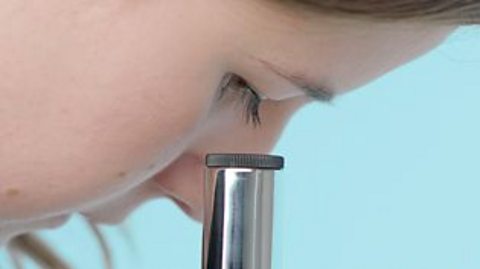
- count1 of 15
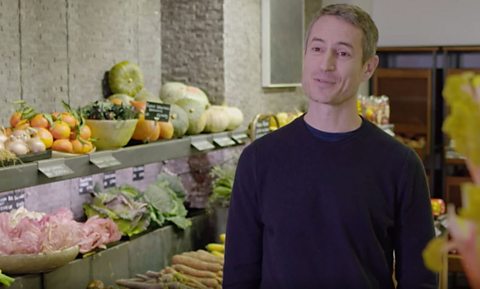
- count2 of 15

- count3 of 15
